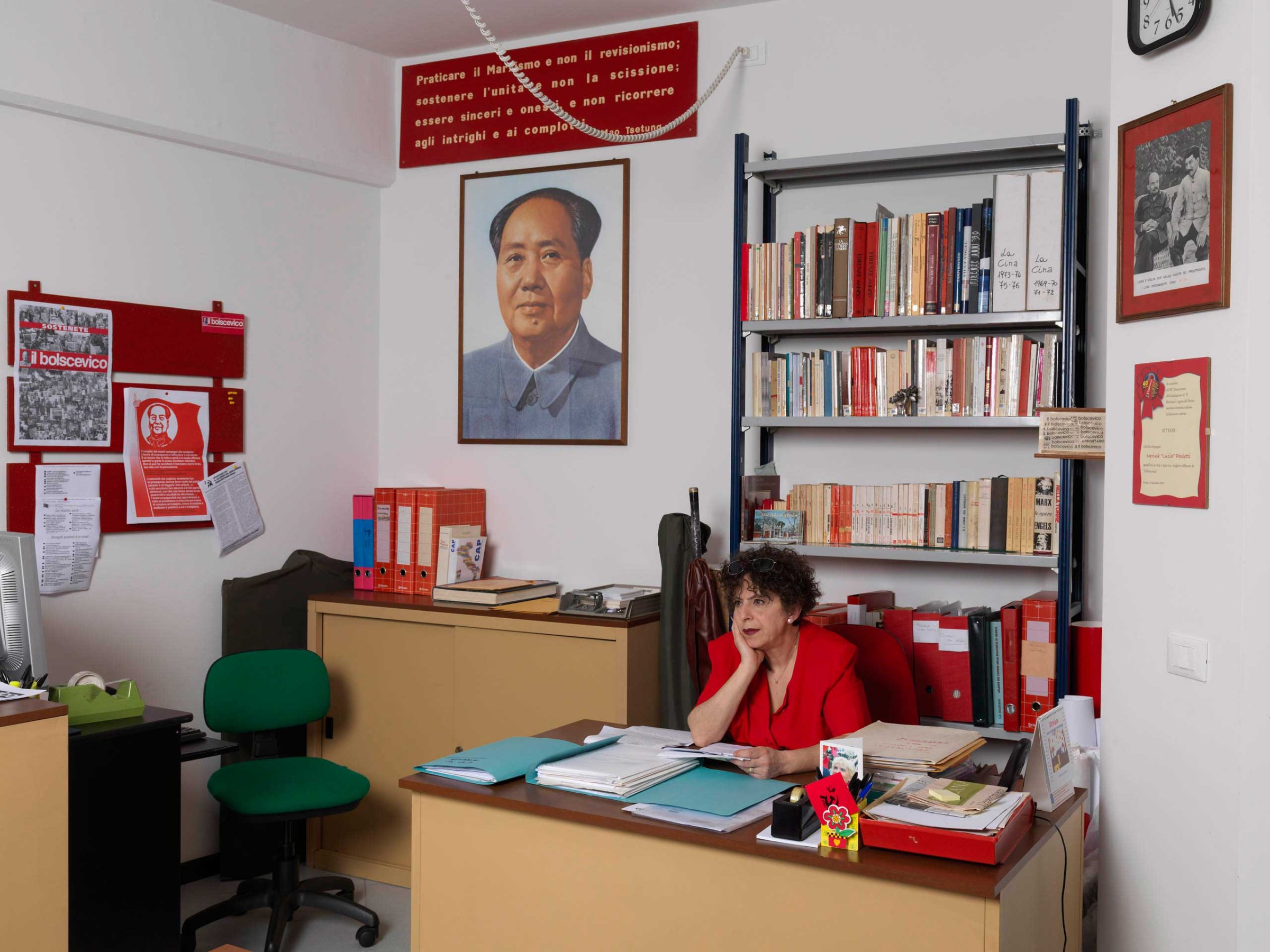
As we approach the 100th anniversary of the Bolshevik revolution, one photographer, Jan Banning, is traveling the world to document, as part of an ongoing project, the offices of people who still have faith in communism, an ideology that dominated the better half of the 20th century but, since 1989, has been slowly losing influence.
Venturing behind certain doors in Portugal, Nepal and Italy, Banning, through his photographs, wonders “how could you still say you are a communist after everything we discovered the movement did in the Soviet Union?” And yet, he finds, that dream persists.
Banning, an artist and history scholar best known for Bureaucratics, his previous work on administrative staffers around the world, says he has never been tempted by communist values himself. Yet, his left-leaning political tendencies allow him to have sympathy for that dream. “Some of the communists I have met have spent years in prison under torture and starvation for an ideal,” he says. “I find it admirable, these people who are willing to endure such things for social justice.”
Who are these utopian idealist seekers? They’re not just aging has-beens whose moral vision is clouded by antiquated ways of seeing. Banning was surprised to find that many young people in Nepal and Italy believed in communism. “Within these communist parties, there are different styles or approaches or atmospheres,” says Banning. “While those who were absolutely skeptical simply didn’t allow me in, most were quite open about their ideology.”
Banning’s images, the firsts in an ongoing photographic project, offer a survey of what the offices of these party members look like. “The starting point [is always] to ask them to do what they [usually] do,” he says. “I asked them to stay where they were and to sit in their normal position. In a group shot, you have a more artificial portrait. I did some arranging, but I never tell them how to look.”
Of course, there is a touch of irony in the Banning’s photographs, but he says it’s almost intentional. “If I want to stimulate people to think, some element of absurdity is necessary,” he says. “I’m not trying to make them look a certain way at all, but there is a bit of absurdity in every office. Whether it’s the office of a bureaucrat or of a communist, the whole idea of an office is a kind of theater stage. I’m using that to engender thought.”
For Banning, his role as a photographic artist is not to present a one-dimensional portrait but to create fodder for speculation. “I confuse even myself in that,” he says. “But that’s ok. If I didn’t, then I wouldn’t be presenting enough perspectives.”
The project is unfinished. In 2016, Banning plans to go beyond Nepal, Italy and Portugal, continuing to Southern Italy and on to South Africa and Chile. “The idea was to cover different continents, to give an overview and turn it into a comparative study,” he says.
Jan Banning is a Dutch artist and photographer based in the Netherlands. His work has a social focus, reflecting often on the broader social political context of his subjects. His latest book, Law & Order, is a photo project that compares the criminal justice system in Colombia, France, Uganda and the United States. Combining an artistic view with a documentary approach, it sheds light on the key institutions within the criminal justice system: the police, the courts and prisons.
Alice Gabriner, who edited this photo essay, is TIME’s International Photo Editor.
Rachel Lowry is a writer and contributor for TIME LightBox. Follow her on Twitter and Instagram @rachelllowry.
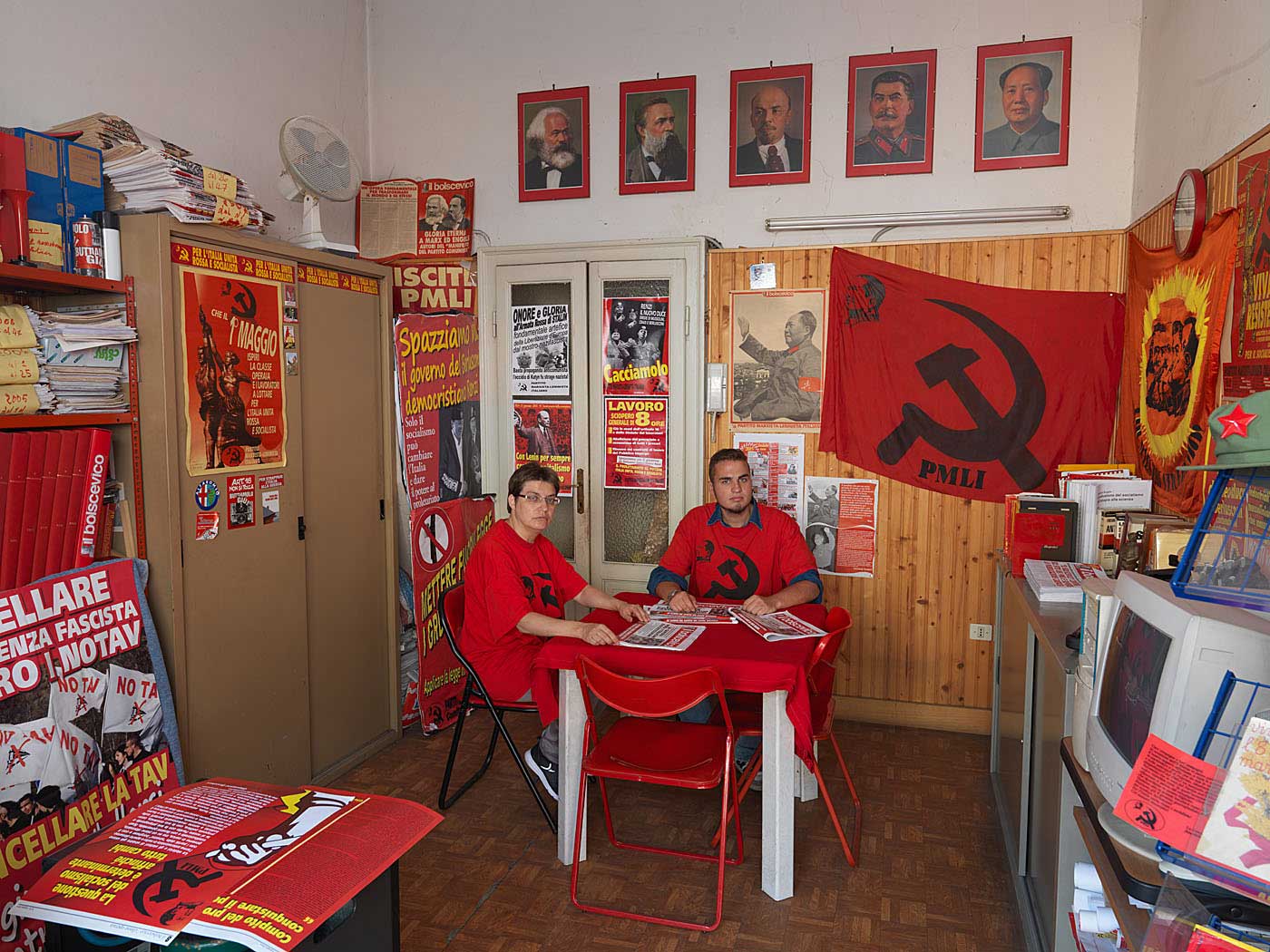
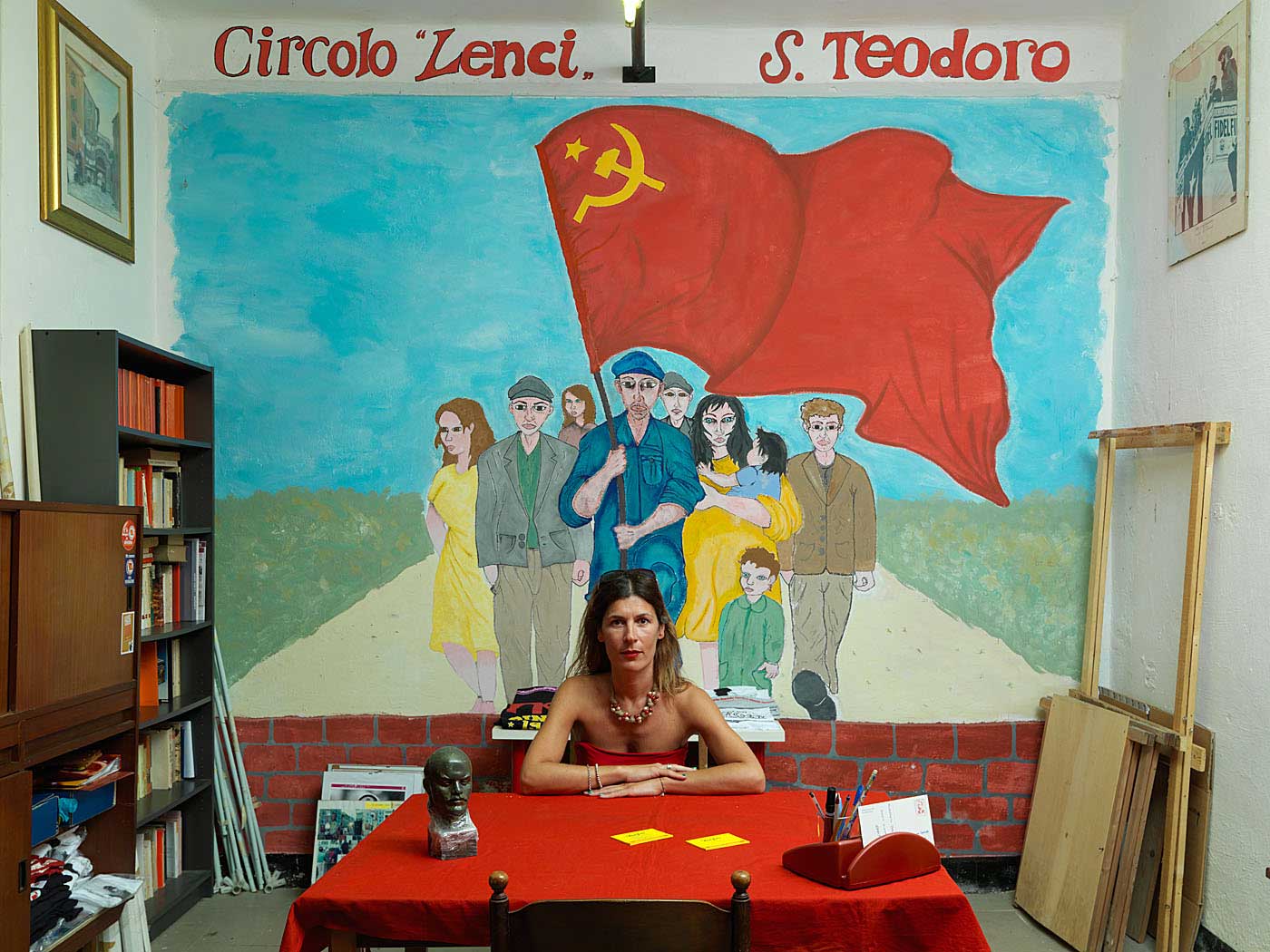
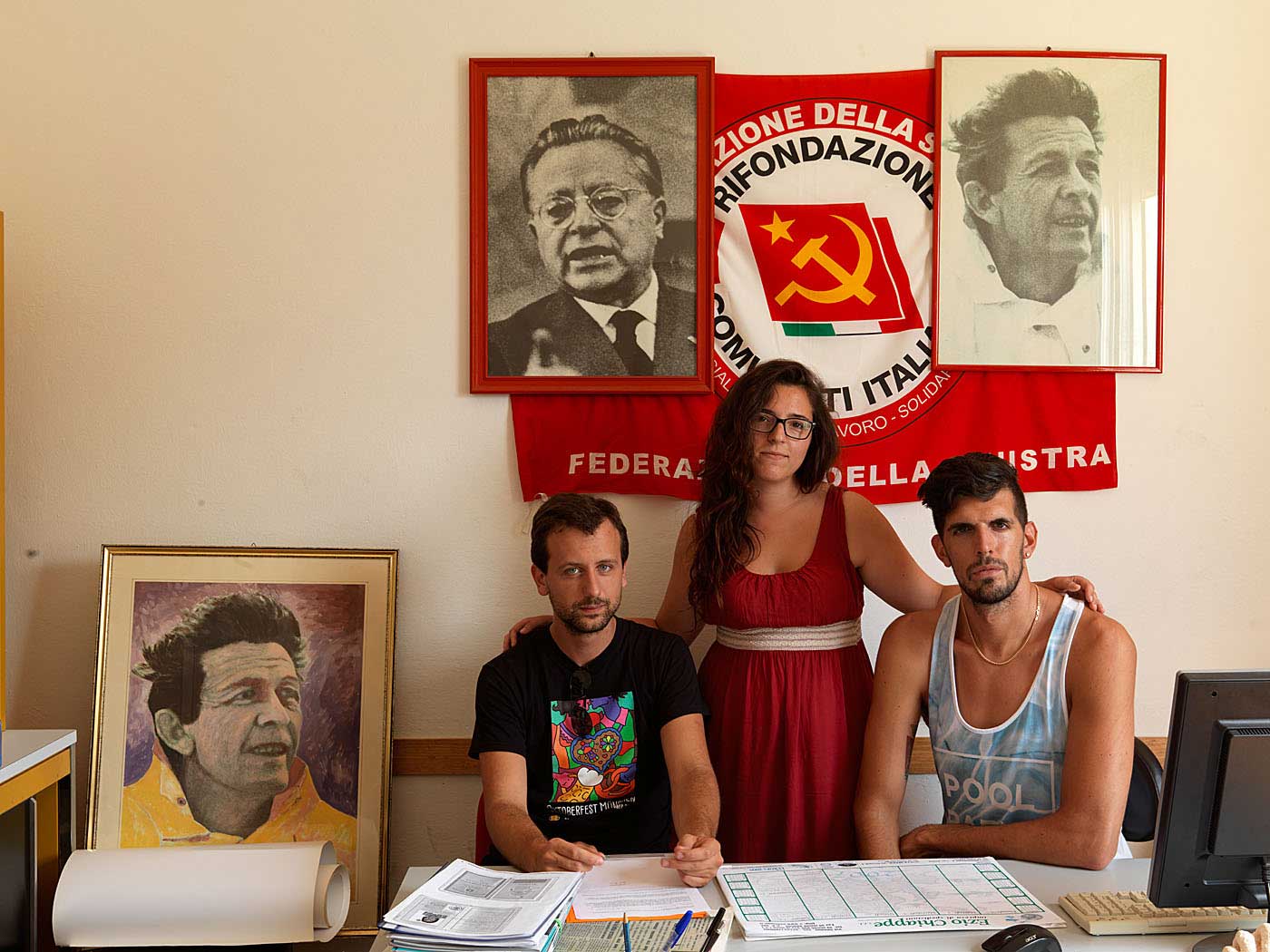



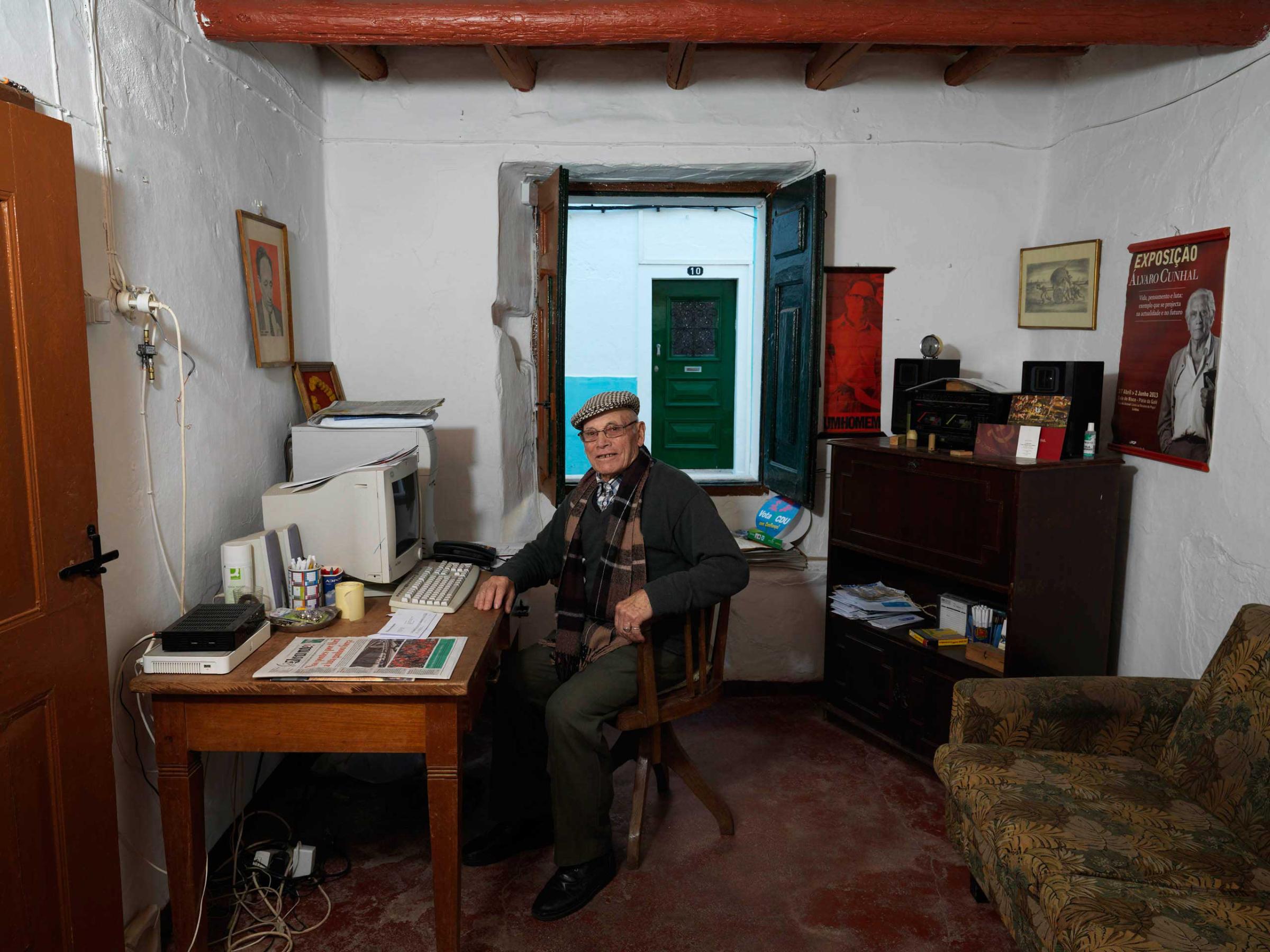



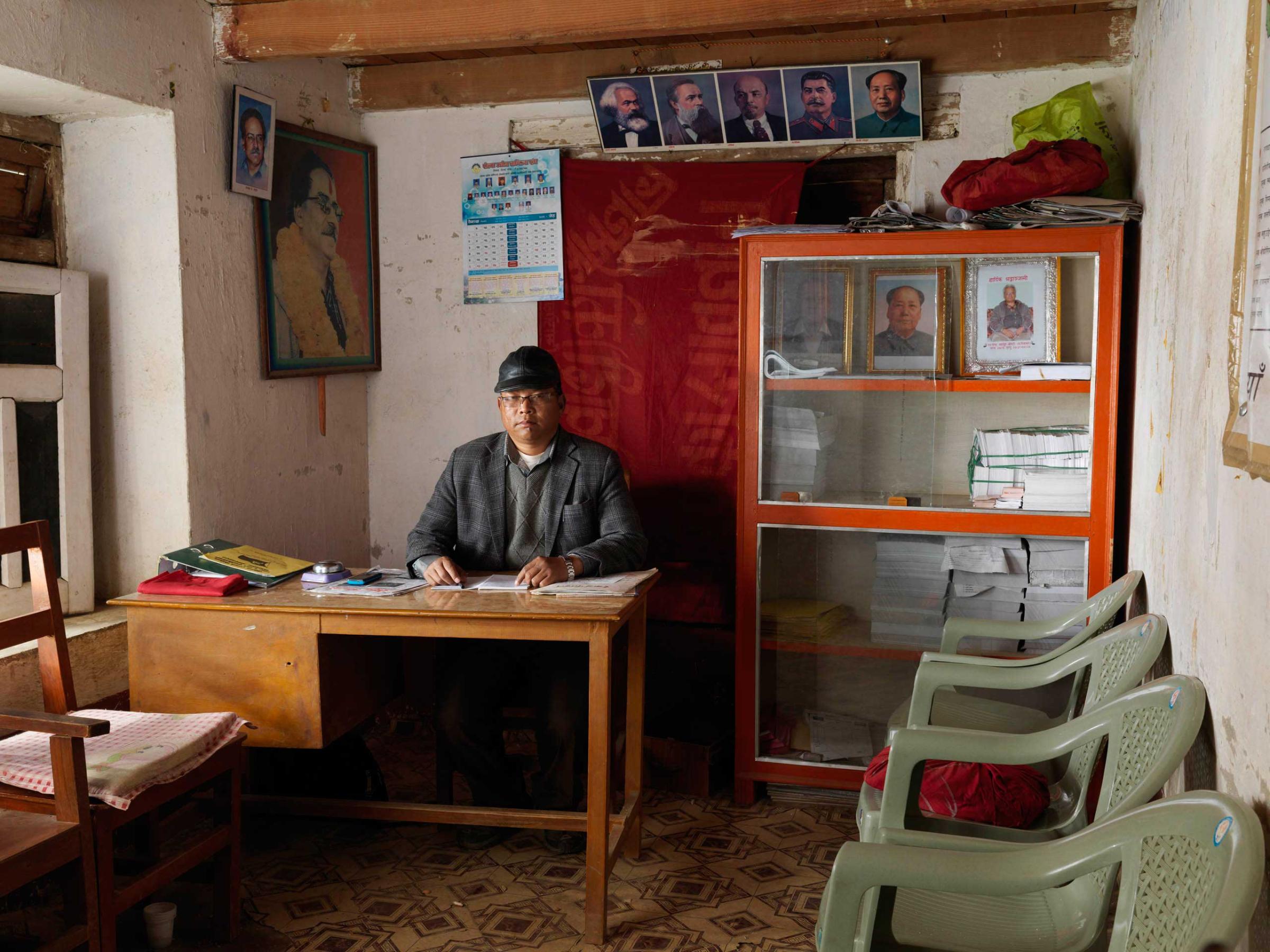
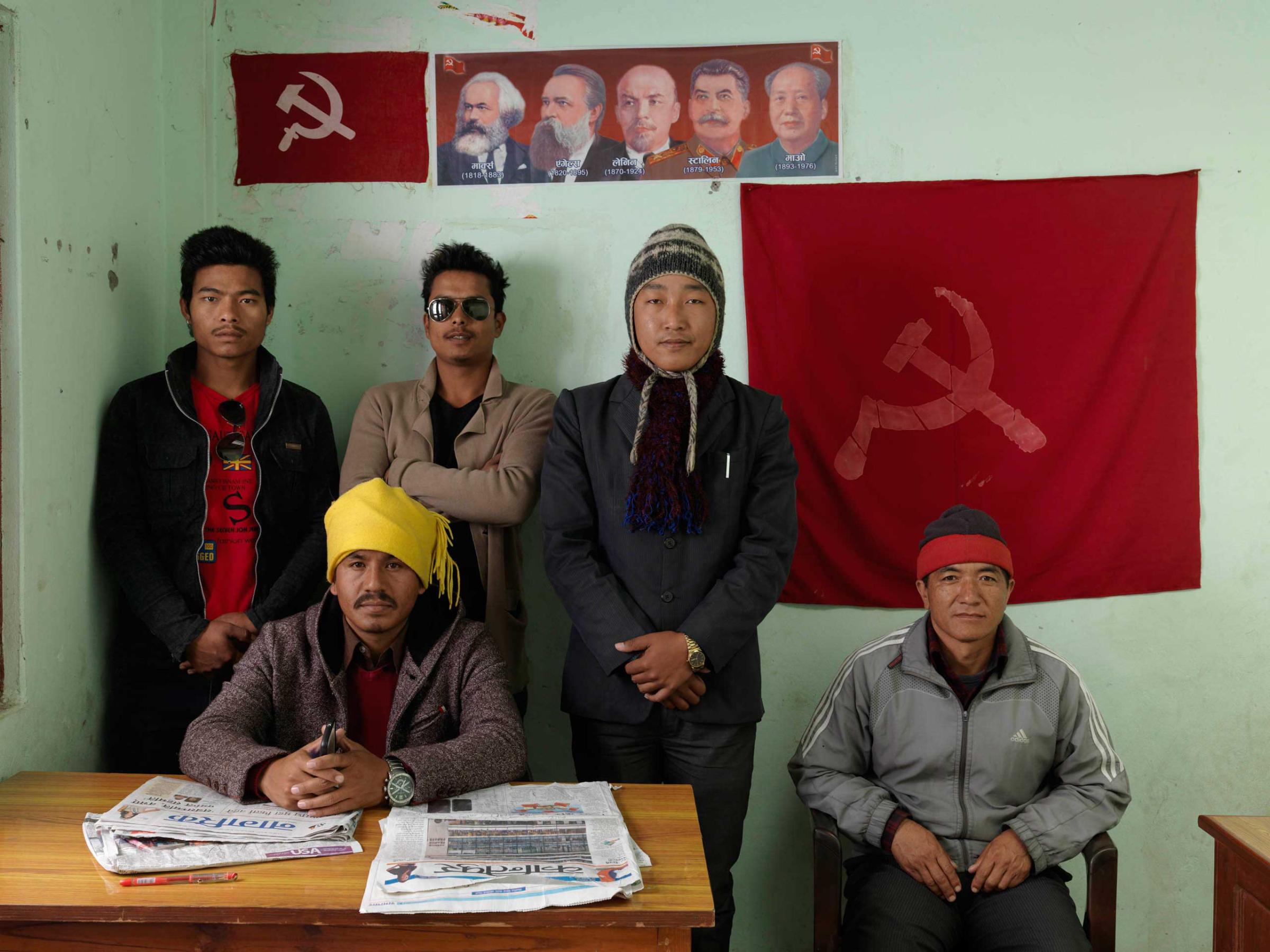

More Must-Reads From TIME
- The 100 Most Influential People of 2024
- Coco Gauff Is Playing for Herself Now
- Scenes From Pro-Palestinian Encampments Across U.S. Universities
- 6 Compliments That Land Every Time
- If You're Dating Right Now , You're Brave: Column
- The AI That Could Heal a Divided Internet
- Fallout Is a Brilliant Model for the Future of Video Game Adaptations
- Want Weekly Recs on What to Watch, Read, and More? Sign Up for Worth Your Time
Contact us at letters@time.com